
Crucial, yet independent
Unlike other actions, the one involving our heart, i.e. beating, is something that is completely distinct and independent from any nervous or hormonal influences. The action in question is known to be susceptible to the influence of impulses, as well as to the effect of circulatory substances such as, for example, adrenaline. Just like any other muscle cells, those muscle fibers located in the heart itself are all excitable cells. What makes them different from others in one respect is a very unique characteristic, i.e. the ability of every cell to contract in a spontaneous manner and at a regular rate, due to those electrical properties that characterize the cell membrane and that also tend to change with time, thus depolarizing at a regular rate as well. Another very important thing to know, which is in close relation to what has been said above, is that muscles fibers coming from distinct parts of the heart are characterized by completely different rates of depolarization – those cells located in the ventricle are deemed as the slowest ones, with those from atria being the fastest ones.
Having coordinated contraction in mind, one should be aware that this is made possible by the fact that those cells that are endowed with the fastest depolarization rate get a hold of the remainder of the heart muscle cells. Those fastest ones are known to be located in the sinoatrial node, also quite commonly referred to as the heart’s pacemaker (located in the right atrium). Atrial contraction comes to be thanks to the process in which sinoatrial node undergoes depolarization, which induces a wave of electrical activity that is known to “disperse” across the atria.
Such medications as Halothane are known to hold the potential to slow down the sinoatrial node depolarization rate, thus making the atrioventricular node the pacemaker of the person’s heart. The action that takes place then is quite often referred to either as the nodal or the junctional rhythm. In addition, it is also a known fact that nervous reflexes also have the tendency to influence the heart rate as such. In case of atria distention (e.g. in heart failure, as well as overtransfusion), what takes place is a rise in reflex in the heart rate, enabling it to pump additional amounts of blood that return to the heart itself. But when there occurs an unexpected decrease in the atrial pressure, the heart itself is known to gradually slow down.



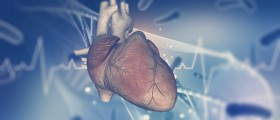
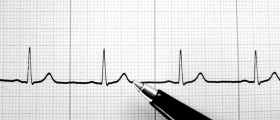
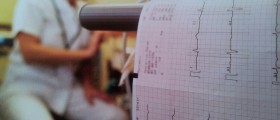
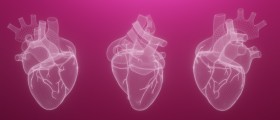


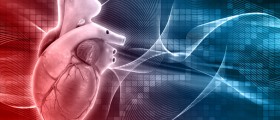
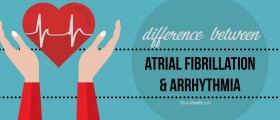
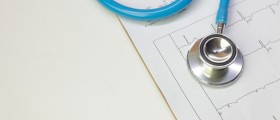
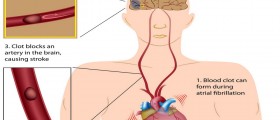




Your thoughts on this
Loading...